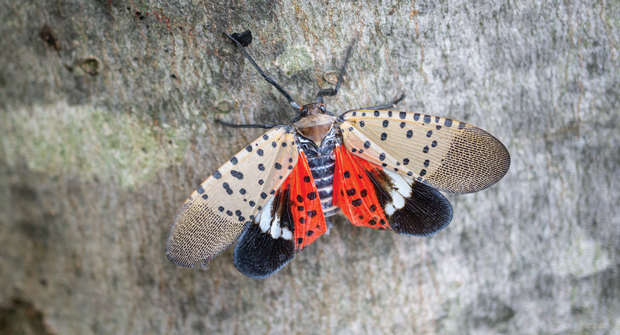
Peer groups have been around since before the American Revolutionary War—when confidentiality concerns often kept their membership, origins and working habits obscure.
The modern idea for peer groups was first laid out in Napoleon Hill’s classic book Think and Grow Rich, published in 1937. Hill, at the time, called them Masterminds.
He refers to a mastermind group as being composed primarily of Carnegie employees, with Carnegie at its head, focused exclusively on the production and sale of steel through Mr. Carnegie’s various companies. In the years since the book was published, the popular definition has changed, and countless mastermind, accountability and peer groups have emerged.
Today’s mastermind groups are either made up of people from different industries or are industry-specific peer groups, like my Leader’s Edge Peer Group.
Industry-specific peer groups were first formalized after World II, in the U.S. auto industry. Auto dealership owners would join groups for strategy, perspective and to get help improving their financial performance. They would help each other spot inefficiencies and financial opportunities. As the auto industry peer group became successful, other industry peer groups sprouted up.
Local trade associations, such as tree, lawn, nursery and landscape associations, are the main forums for sharing information and ideas. While critical to our industry, they can lack an important element: the opportunity for a completely unguarded and candid exchange of financial information and the repeated interaction that produces accountability. For this reason, non-competing peer groups have become a proven method for accelerated learning and business growth.
Editor’s Note: Scott will host a new peer group on March 4-6. To register, visit here.


